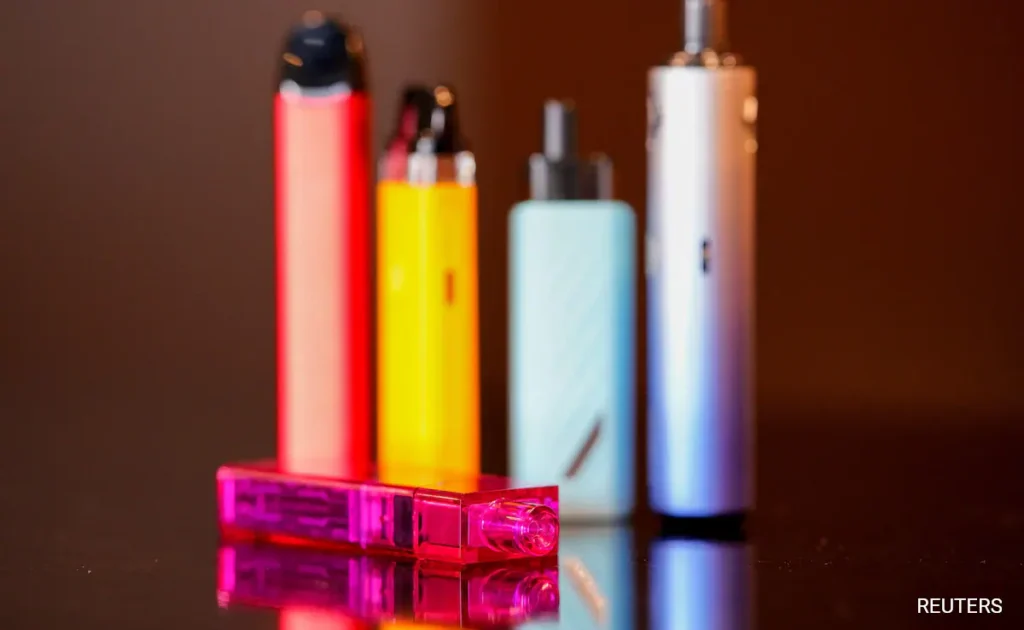In recent years, the issue of disposable vapes has escalated into a significant public health debate, culminating in various legislative actions worldwide, including bans and restrictions. The disposable vape ban, a contentious and multifaceted issue, has sparked discussions among policymakers, health professionals, environmentalists, and the vaping community. This article delves into the intricacies of the disposable vape ban, examining its implications, the rationale behind the legislation, and the reaction from different sectors of society.
The Rise of Disposable Vapes
Disposable vapes have surged in popularity due to their convenience, affordability, and the variety of flavors they offer. Designed for single use, these devices are intended to be discarded after the e-liquid is depleted, typically after a few hundred puffs. Their rise can be attributed to several factors, including aggressive marketing tactics that often target younger demographics and the perception of vaping as a safer alternative to traditional smoking.
The Environmental and Health Implications
Environmental Concerns
One of the primary arguments for the disposable vape ban revolves around environmental sustainability. Disposable vapes contribute to electronic waste (e-waste), as they contain batteries and electronic components that are harmful to the environment when not disposed of properly. The increasing volume of discarded devices has raised concerns about pollution and the long-term sustainability of such products.
Health Risks
From a public health perspective, the ban is also supported by evidence linking vaping to various health risks. While some studies suggest that vaping can be less harmful than smoking traditional cigarettes, the long-term health effects of vaping, especially among youths, remain largely unknown. The availability of flavored disposable vapes has also been criticized for potentially enticing minors, leading to nicotine addiction at a young age.
Legislative Responses to Disposable Vapes
In response to these concerns, several countries and regions have implemented bans or strict regulations on disposable vapes. These measures range from complete bans on the sale and distribution of disposable vaping products to restrictions on nicotine content, flavors, and packaging. The goal is to reduce access to these products, especially among minors, and to mitigate their environmental impact.
The Debate: Public Health vs. Harm Reduction
The disposable vape ban has ignited a complex debate between public health advocacy and harm reduction strategies.
Public Health Advocacy
Public health advocates argue that the ban is necessary to prevent a new generation from becoming addicted to nicotine. They highlight the risks associated with vaping, including potential lung injuries and the unknown long-term effects of inhaling vaporized chemicals. By restricting access to disposable vapes, they aim to reduce overall nicotine consumption and protect public health.
Harm Reduction Perspective
Conversely, proponents of harm reduction argue that vaping can serve as a less harmful alternative for individuals trying to quit smoking traditional cigarettes. They contend that disposable vapes offer a convenient and effective means for smokers to transition away from more harmful tobacco products. Critics of the ban fear that restricting access to vaping products could inadvertently lead smokers back to traditional cigarettes, thus undermining public health goals.
Economic and Social Implications
The disposable vape ban also has significant economic and social implications. For the vaping industry, such legislation means a potential loss of revenue and jobs, as companies are forced to adapt or phase out certain product lines. There are also concerns about the rise of a black market for disposable vapes, which could lead to unregulated products of dubious quality and safety.
From a social perspective, the ban raises questions about individual freedom and choice. Critics argue that adults should have the right to make informed decisions about their nicotine consumption, including the option to use disposable vapes as a smoking cessation tool.
Looking Ahead: The Future of Vaping Regulations
As the debate over the disposable vape ban continues, it is clear that the issue is far from resolved. The challenge for policymakers lies in balancing public health priorities with harm reduction strategies, economic considerations, and individual freedoms.
Future regulations may require a more nuanced approach, focusing on stricter age verification processes, better environmental disposal solutions, and targeted education campaigns to prevent youth vaping. The development of more sustainable vaping technologies could also address environmental concerns, offering a compromise between outright bans and the unregulated proliferation of disposable vapes.
Conclusion
The disposable vape ban is a complex and divisive issue, reflecting broader concerns about public health, environmental sustainability, and individual rights. As society navigates these challenges, it is crucial for all stakeholders to engage in open and constructive dialogue, seeking solutions that protect public health without stifling harm reduction efforts or infringing on personal freedoms. The path forward requires careful consideration of the evidence, innovative regulatory approaches, and a commitment to addressing the root causes of nicotine addiction.
FAQs on the Disposable Vape Ban
What is a disposable vape?
A disposable vape is a non-rechargeable, single-use electronic cigarette that comes pre-filled with e-liquid. It’s designed to be discarded after the e-liquid runs out, usually after several hundred puffs.
Why are disposable vapes being banned?
Disposable vapes are being banned due to environmental concerns, health risks associated with vaping, and their appeal to minors. The bans aim to reduce e-waste, prevent youth nicotine addiction, and address the unknown long-term health effects of vaping.
Which countries have implemented a disposable vape ban?
Several countries and regions have implemented bans or strict regulations on disposable vapes, including parts of the United States, Canada, and the European Union. Regulations vary, with some areas focusing on flavors, nicotine content, and packaging.

